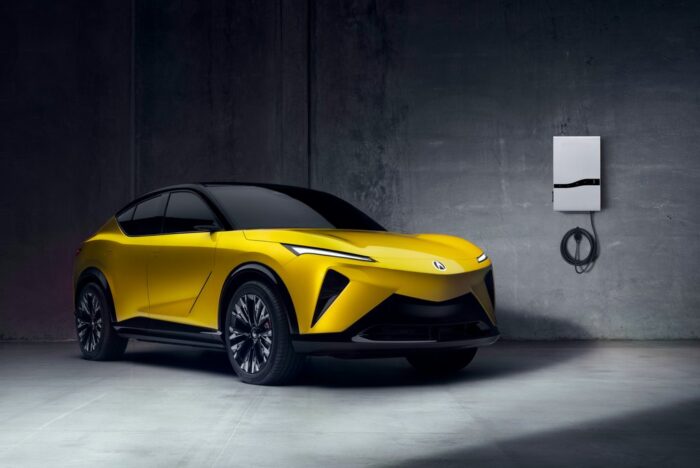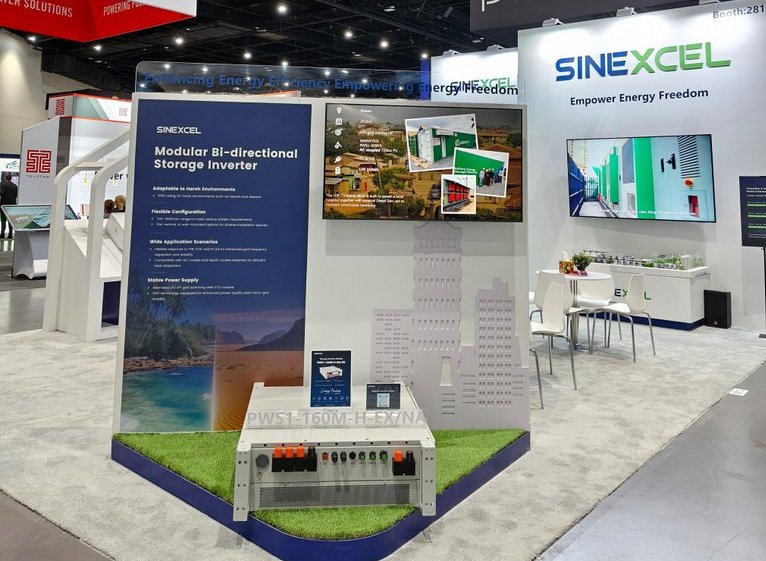Honda debuts bidirectional Acura RSV, pilot program with SCE at RE+ 2025
At RE+ 2025 in Las Vegas, Honda will spotlight V2H and V2G technology with Southern California Edison, using its Acura RSX Prototype EV and bi-directional charging concept to show how cars can double as home energy tools.

Honda’s RE+ 2025 showcase in Las Vegas is less about cars on the road and more about cars as part of the grid. The company will demonstrate a bi-directional home charging station concept alongside its Acura RSX Prototype EV, previewing how cars could serve as backup power for households or send electricity back to the grid during peak demand.
Automakers promoting EVs as home backup is nothing new, but the Acura RSX Prototype stands out for bringing this capability to the luxury crossover segment. The display follows Honda’s earlier promise to turn EVs into “virtual power plants” that can charge when electricity is cheapest and cleanest, then discharge later to stabilize the grid and save customers money.
Partnership with SCE
To push the idea forward, Honda and Southern California Edison will begin testing vehicle-to-home (V2H) and vehicle-to-grid (V2G) systems with future Honda and Acura EVs. The pilot aims to establish systems that let EVs act as backup power during outages or as household energy resources during high-demand periods. The effort will be supported by ChargeScape, a joint venture of Honda, BMW, Ford and Nissan that develops vehicle-grid integration software.
“The technologies resulting from this collaboration will not only let [customers] drive clean but will also help them use those vehicles to power their homes during outages and help the grid during times of peak demand,” said Funmi Williamson, chief customer officer at Southern California Edison.
Building a full home energy ecosystem
Honda currently offers home and vehicle energy management technologies through Honda Home Electrification and Acura Home Electrification, online marketplaces designed to make it simple and convenient for Honda and Acura EV drivers to set up the home charging option that best suits their lifestyle. Customers may also choose to install additional home electrification products, including rooftop solar, home batteries, energy monitors, and heat pump water heaters.
Honda’s RE+ booth will also highlight a suite of products designed to integrate homes and vehicles into a broader energy system. These include:
- Emporia Vue Home Energy Monitor for real-time tracking and optimization of household energy use.
- Home battery for storing solar or off-peak grid power.
- Heat pump water heater engineered to run on excess solar during the day.
- Rooftop solar solutions bundled with design, installation, and monitoring support.
Gary Robinson, vice president of sustainability and business development at Honda, framed the push this way: “We want to make every Honda EV not just a vehicle but a home energy solution.”
Other debuts at RE+
Honda will also display the Fastport eQuad Prototype last-mile delivery vehicle, the 2025 Honda CR-V e:FCEV with plug-in charging and hydrogen fuel cell power, and a scale model of its Fuel Cell Power Generator, a stationary system designed for facilities up to 3 MW. Company experts will take part in panel discussions on vehicle-grid integration and EV value stacking during the show.
Vehicle to Load Playbook

In “A Vehicle-to-Load Playbook,” a special report from Solar Builder and FranklinWH, we explain how the equipment you install today to utilize V2L can help seamlessly enable V2G capabilities when those standards and technology catch up.
In the upcoming “Turning EVs into Home Energy Sources: Discover Vehicle-to-Load” webinar (Tuesday, Sept 30, 2025), we’ll break down the practical opportunities available today with Vehicle-to-Load (V2L) and explain how it lays the foundation for Vehicle-to-Grid (V2G) capabilities as the technology evolves.
You’ll learn:
- How V2L works and the equipment required to make it possible
- The differences between V2L and home batteries, and where each solution fits best
- Why energy management systems (EMS) and AC coupling are critical for maximizing value
- How the systems you install today can prepare your customers for the V2G future




Comments are closed here.